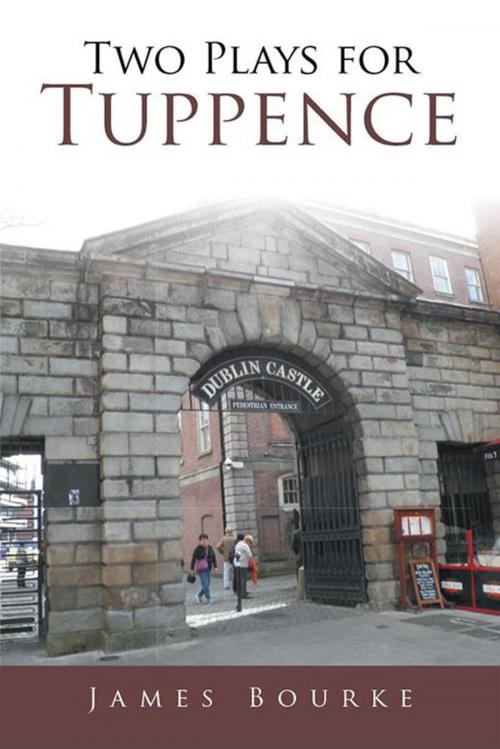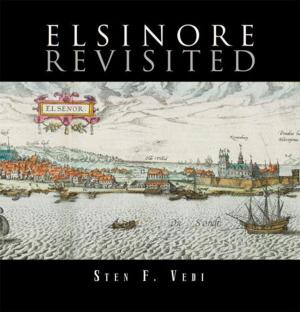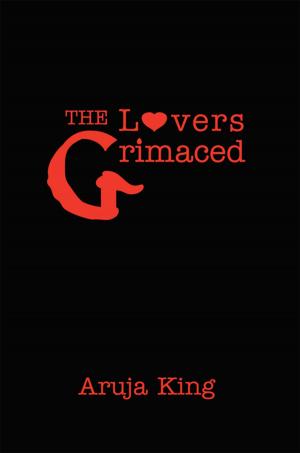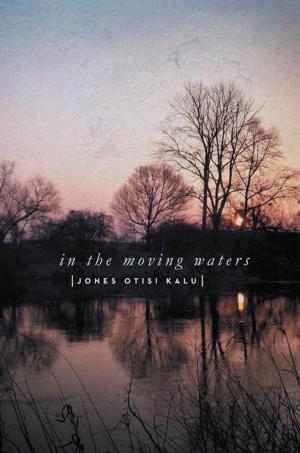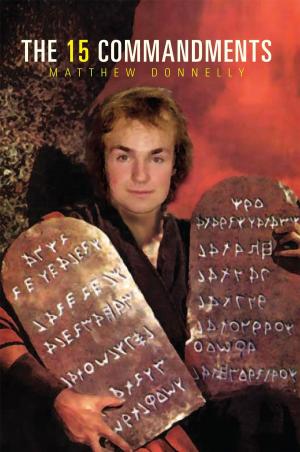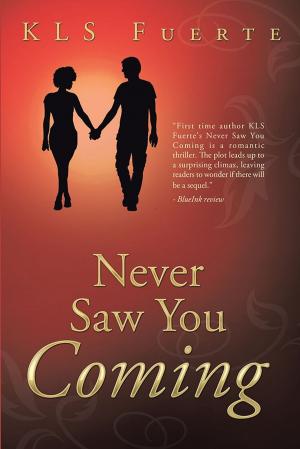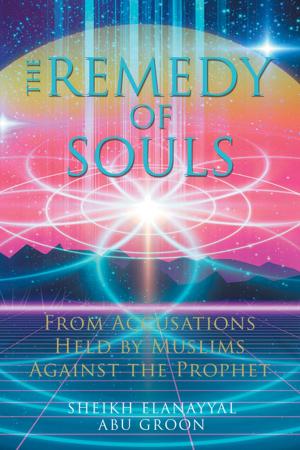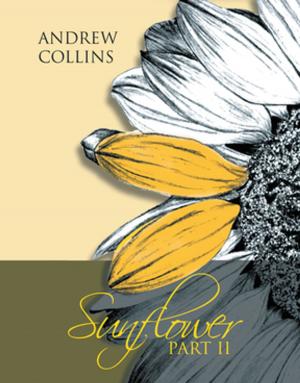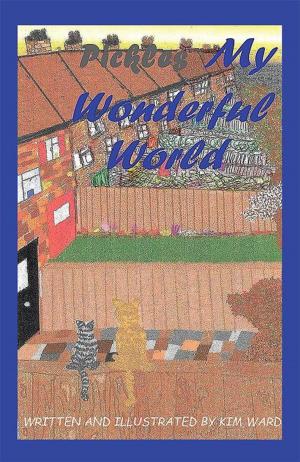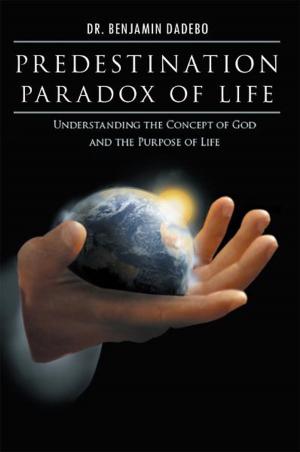| Author: | James Bourke | ISBN: | 9781514499337 |
| Publisher: | Xlibris UK | Publication: | June 6, 2016 |
| Imprint: | Xlibris UK | Language: | English |
| Author: | James Bourke |
| ISBN: | 9781514499337 |
| Publisher: | Xlibris UK |
| Publication: | June 6, 2016 |
| Imprint: | Xlibris UK |
| Language: | English |
Two plays for Tuppence consists of two plays written specifically for television. Both plays have an Irish setting and an Irish ambiance. The first play, A Most Civil Servant, deals with the manner in which its central character, Mr. Carmody stumbles into a position in the Civil Service in Dublin Castle. It is 1922. The War of Independence has ended and the Irish government is taking over from the British. During this transition period there is a good deal of confusion over the allocation of offices, which Mr. Carmody exploits to his advantage. The play was inspired by the short story They Also Serve by Mervyn Wall, first published in Harpers (1940) and included by Benedict Kiely in The Penguin Book of Irish Short Stories (1981). However, the play is not an adaptation of Walls story. It covers a much broader canvas and deals with events which are not in Walls famous short story, including a visit to Paris where Mr. Carmody and his mate Frank meet James Joyce. After many strange episodes in various parts of Dublin, the play reaches a dramatic climax in the final scene. The second play, Hobsons Choice, tells the curious tale of Clive Alexander Goode, a Dublin academic, who has endured twenty-five years of living hell with his wife, Beth. He plans and executes the perfect murder, believing that he is morally justified in ridding society of the evil one. Subsequently, he is charged with the unlawful killing of his wife and is committed to the Dundrum Mental Asylum, where he seeks enlightenment. The play illustrates how we fabricate our own morality and how we deal with our own demonsthe conflicts within ourselves. Clive professes a blind belief in the magical powers of the Sidhe, whom he first encountered when he was growing up in Sligo on the south side of Knocknarea. Like W. B. Yeats, he believes in the mystic world. There are twelve scenes that represent episodes in Clives troubled mind. We meet Clive in conversation with various people. The evil one, Clives malevolent wife, appears only at the beginning of the play, but she is the catalyst around whom the play revolves. The play straddles two worldsthe real and the unreal, the mundane and the mystical.
Two plays for Tuppence consists of two plays written specifically for television. Both plays have an Irish setting and an Irish ambiance. The first play, A Most Civil Servant, deals with the manner in which its central character, Mr. Carmody stumbles into a position in the Civil Service in Dublin Castle. It is 1922. The War of Independence has ended and the Irish government is taking over from the British. During this transition period there is a good deal of confusion over the allocation of offices, which Mr. Carmody exploits to his advantage. The play was inspired by the short story They Also Serve by Mervyn Wall, first published in Harpers (1940) and included by Benedict Kiely in The Penguin Book of Irish Short Stories (1981). However, the play is not an adaptation of Walls story. It covers a much broader canvas and deals with events which are not in Walls famous short story, including a visit to Paris where Mr. Carmody and his mate Frank meet James Joyce. After many strange episodes in various parts of Dublin, the play reaches a dramatic climax in the final scene. The second play, Hobsons Choice, tells the curious tale of Clive Alexander Goode, a Dublin academic, who has endured twenty-five years of living hell with his wife, Beth. He plans and executes the perfect murder, believing that he is morally justified in ridding society of the evil one. Subsequently, he is charged with the unlawful killing of his wife and is committed to the Dundrum Mental Asylum, where he seeks enlightenment. The play illustrates how we fabricate our own morality and how we deal with our own demonsthe conflicts within ourselves. Clive professes a blind belief in the magical powers of the Sidhe, whom he first encountered when he was growing up in Sligo on the south side of Knocknarea. Like W. B. Yeats, he believes in the mystic world. There are twelve scenes that represent episodes in Clives troubled mind. We meet Clive in conversation with various people. The evil one, Clives malevolent wife, appears only at the beginning of the play, but she is the catalyst around whom the play revolves. The play straddles two worldsthe real and the unreal, the mundane and the mystical.
